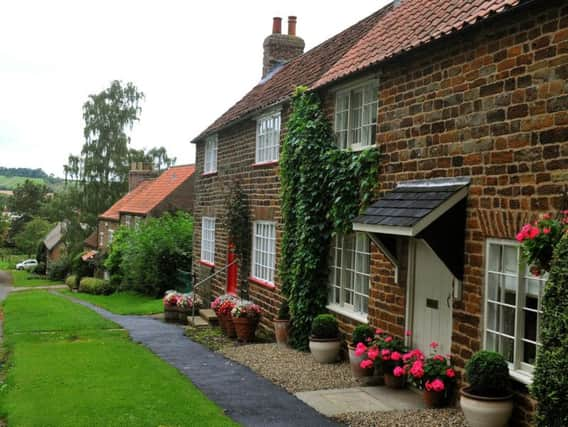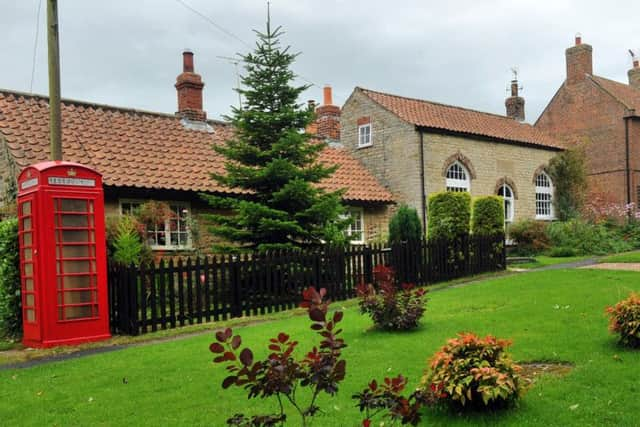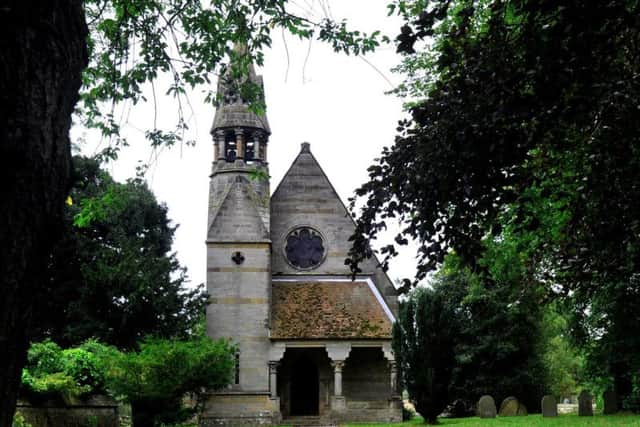Village Focus: Independent character of Howsham village
This article contains affiliate links. We may earn a small commission on items purchased through this article, but that does not affect our editorial judgement.


On the edge of the Howardian Hills, north-east of York, the villagers of Howsham in Ryedale are not blessed with amenities, but nonetheless – combined with neighbouring Scrayingham – it had 273 residents at the time of the last Census.
Primarily consisting of a single street lined with cottages facing out onto a woodland and parkland beyond, Howsham does not even have an established formal venue for hosting local parish meetings to discuss matters of local governance.
Advertisement
Hide AdAdvertisement
Hide AdOften these get-togethers are instead held at St John’s Church, one of two ‘Street’ churches in the Harton Benefice. With its unusually ornate bell tower, the Grade I-listed place of worship is described as one of the finest examples of the work of High Victorian-period architect George Street, who was noted for his many English churches in the Gothic Revival style.


A thirst-quenching ‘nip to the pub’ also requires some considered thought for residents, whose nearest local is The Jolly Farmers in Leavening three miles away.


Advertisement
Hide AdAdvertisement
Hide AdNonetheless, there is a charm to the village that comes with its relative peace and quiet, said Martin Cassel, who moved to Howsham more than 20 years ago and acts as clerk to the parish meeting.
“We are all very level-headed people here. Nothing throws us off. There’s great people here, very solid,” said Mr Cassel, who is originally from north of London.
“In the past I have been lucky enough to travel the world, but Yorkshire has a colour to it that is very hard to beat.”
An old estate village, one notable presence is Howsham Hall. The privately-owned Grade I-listed Jacobean mansion was built in 1610 on the site of a previous manor. It was constructed using stone from Kirkham Priory for the Bamburgh family, and for 50 years was the site of Howsham Hall School, a boys’ preparatory school for boarding pupils which shut in 2007 due to falling pupil numbers.
Advertisement
Hide AdAdvertisement
Hide AdThe village is bordered to the west by the River Derwent, where one of the community’s greatest triumphs stands.
Howsham Mill, located on an island in the river, has been saved from ruin by the Renewable Heritage Trust.
With its Georgian Gothic glory now restored, it serves as an environmental education centre, generates hydro-electricity from its waterwheel and two Archimedean Screw turbines. Since 2004, hundreds of volunteers have helped the trust to rescue the building and give it a new lease of life.
Village facts
Howsham appeared as Husun in the Domesday Book.
The village had a railway station on the York to Scarborough Line between 1845 and 1849.
Advertisement
Hide AdAdvertisement
Hide AdHowsham Mill was built as a garden folly in the Gothic style in the 18th century and was designed by John Carr of York.
Howsham Hall is marketed as a wedding venue. The venue was originally part of an 11,000-acre estate.